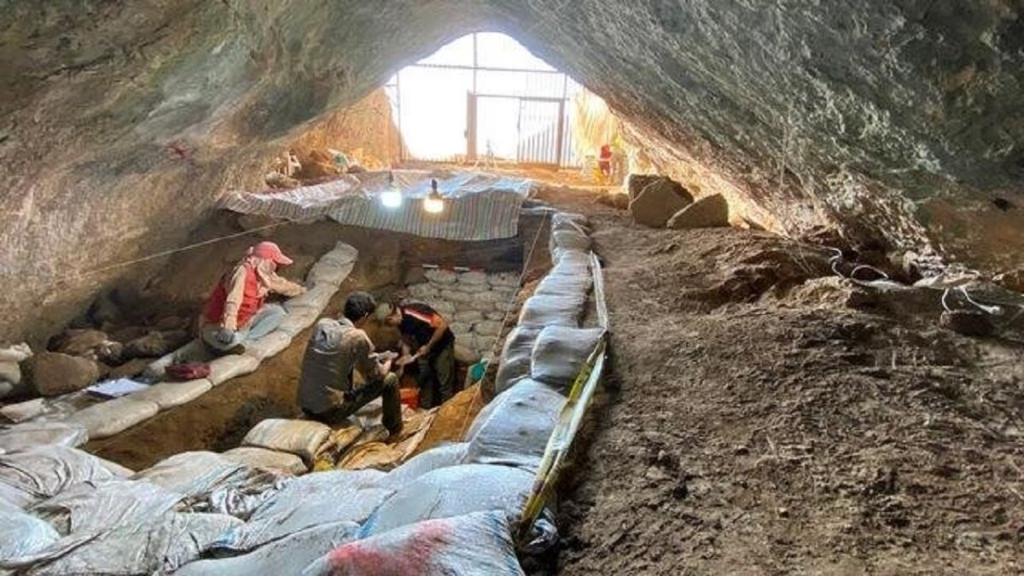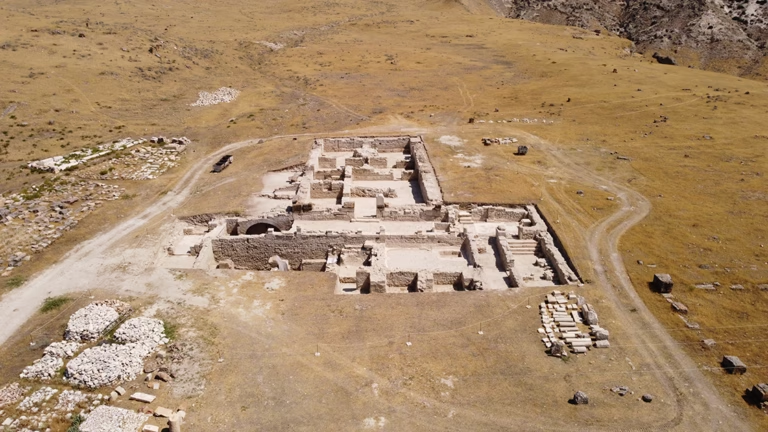A new season of archaeological excavations at Qal-e Kord, believed to be the oldest known human settlement in Iran, is set to begin in early August. The project aims to uncover new evidence of prehistoric human life, including Neanderthals and earlier hominins.
Scientific and Governmental Support Behind the Project
The upcoming excavation season was announced during a recent session attended by Hamed Vahdatinasab, scientific advisor to the project and leader of previous excavation efforts, and Milad Hashemi, a faculty member at Tarbiat Modares University and the new head of the excavation team. The two met with Seyyed Mehdi Hosseini, the provincial head of tourism, to coordinate plans.
Hosseini emphasized the cultural and touristic value of the Avaj region and reaffirmed his department’s commitment to supporting archaeological research as part of broader efforts to attract visitors and preserve Iran’s ancient heritage.
Qal-e Kord: The Oldest Human Settlement in Iran
According to Vahdatinasab, stratigraphic evidence at Qal-e Kord suggests human habitation dating back over 400,000 years. The site, located in Iran’s Avaj region, has yielded significant finds across five previous excavation seasons.
“Qal-e Kord is unique not only because of its age, but also because it provides a continuous archaeological sequence of early human presence,” he explained.

Uncovering the Lives of Neanderthals and Earlier Humans
Archaeological evidence from the site includes stone tools that point to the presence of Neanderthals, as well as even earlier human species, such as Homo heidelbergensis or Homo erectus. Vahdatinasab noted that deeper layers of the cave might reveal even older occupations.
“We are looking to establish a chronology of Neanderthal life in the region, and we’re also investigating the animals they hunted and the foods they consumed,” he said.
Extinct Animal Species Found at the Site
So far, the team has uncovered remains of two extinct horse species, deer, brown bears, and even rhinoceroses, providing insights into the region’s prehistoric ecosystem and human-animal interactions.
Previous Discoveries: Over 6,000 Cultural Artifacts
The joint Iran-France archaeological project began in 2018 and has already resulted in the discovery of more than 6,000 cultural artifacts, along with numerous bones and stone tools attributed to the Middle Paleolithic period (roughly 200,000–40,000 years ago).
Scientific Research Confirms Neanderthal Presence in Iran
A 2019 study published in the Journal of Human Evolution supports the idea that Neanderthals inhabited parts of Iran’s Zagros Mountains between 40,000 and 70,000 years ago. These archaic humans adapted to extreme conditions during the last Ice Age, developing complex stone tools and survival strategies that offer vital clues about early human resilience.




